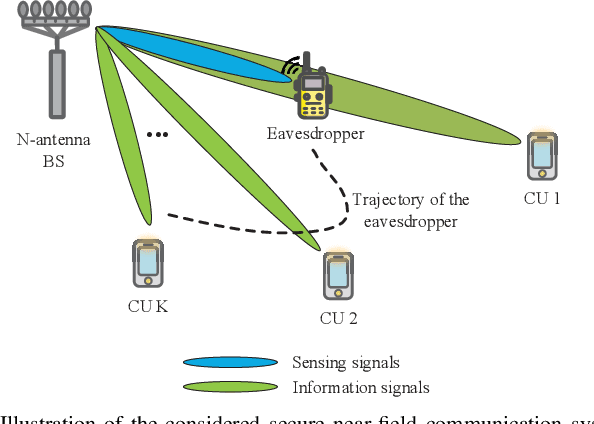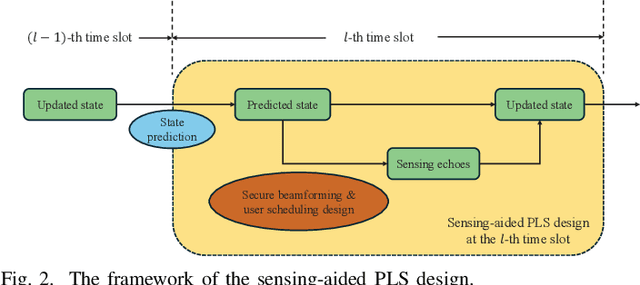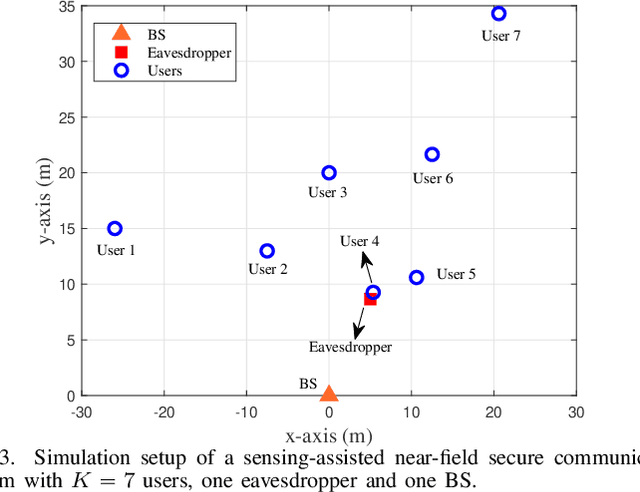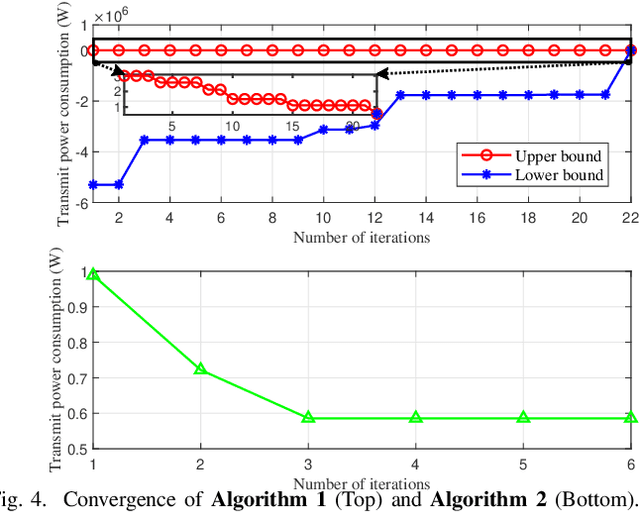Mingxuan Zheng
Structured Event Representation and Stock Return Predictability
Dec 22, 2025Abstract:We find that event features extracted by large language models (LLMs) are effective for text-based stock return prediction. Using a pre-trained LLM to extract event features from news articles, we propose a novel deep learning model based on structured event representation (SER) and attention mechanisms to predict stock returns in the cross-section. Our SER-based model provides superior performance compared with other existing text-driven models to forecast stock returns out of sample and offers highly interpretable feature structures to examine the mechanisms underlying the stock return predictability. We further provide various implications based on SER and highlight the crucial benefit of structured model inputs in stock return predictability.
Sensing-aided Near-Field Secure Communications with Mobile Eavesdroppers
Aug 25, 2024



Abstract:The additional degree of freedom (DoF) in the distance domain of near-field communication offers new opportunities for physical layer security (PLS) design. However, existing works mainly consider static eavesdroppers, and the related study with mobile eavesdroppers is still in its infancy due to the difficulty in obtaining the channel state information (CSI) of the eavesdropper. To this end, we propose to leverage the sensing capability of integrated sensing and communication (ISAC) systems to assist PLS design. To comprehensively study the dynamic behaviors of the system, we propose a Pareto optimization framework, where a multi-objective optimization problem (MOOP) is formulated to simultaneously optimize three key performance metrics: power consumption, number of securely served users, and tracking performance, while guaranteeing the achievable rate of the users with a given leakage rate constraint. A globally optimal design based on the generalized Benders decomposition (GBD) method is proposed to achieve the Pareto optimal solutions. To reduce the computational complexity, we further design a low-complexity algorithm based on zero-forcing (ZF) beamforming and successive convex approximation (SCA). Simulation results validate the effectiveness of the proposed algorithms and reveal the intrinsic trade-offs between the three performance metrics. It is observed that near-field communication offers a favorable beam diffraction effect for PLS, where the energy of the information signal is nulled around the eavesdropper and focused on the users.
 Add to Chrome
Add to Chrome Add to Firefox
Add to Firefox Add to Edge
Add to Edge